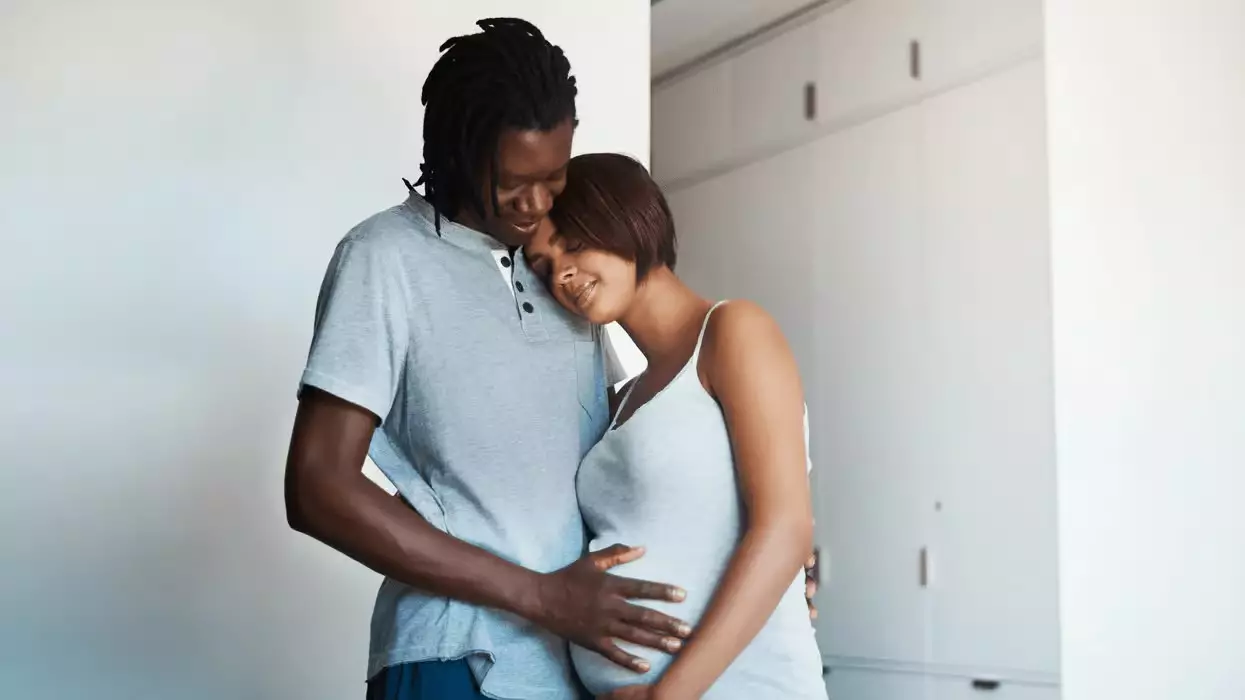Pregnancy is a remarkable journey filled with a multitude of experiences, one of which is the delightful moment when expectant mothers begin to sense their baby’s movements. For many, the second trimester marks the beginning of an exhilarating phase where curious thoughts arise—when will those unmistakable first kicks be felt? What do those kicks actually signify? This initial feeling is not just a quirky bodily sensation; it’s a profound connection between a mother and her developing child. Knowing that the rhythmic nudges from within are not just simple bodily functions, but rather an expressive “hello” from the baby, enriches this unique phase of motherhood.
The Significance of Kicking
While baby kicks evoke joy and excitement, they also play an instrumental role in a fetus’s growth and health. Innovative research demonstrates that these seemingly innocent jabs carry substantial weight—both literally and figuratively. Scientists from Imperial College London, utilizing advanced imaging techniques, have discovered that fetuses can kick with a considerable force. By approximately 20 weeks, kicks can reach up to 6.5 pounds, peaking at 10.5 pounds by week 22. This phenomenon of increasing strength highlights the developing musculature of the fetus, indicating that these little beings are not just passively floating in fluid but actively preparing for life outside the womb.
Understanding Patterns and Health Indicators
Health practitioners often stress the importance of monitoring fetal movements as a proactive measure in expecting mothers’ prenatal care. The frequency and intensity of kicks can provide vital insights into the baby’s well-being. Intriguingly, patterns of movement can fluctuate and are pivotal; researchers have established a correlation between decreased fetal movements in late pregnancy and potential complications. By actively tracking how often the baby kicks, parents can gain a sense of reassurance regarding their little one’s health status. This vital connection can alleviate anxiety, providing peace of mind during the potentially nerve-wracking days leading up to labor.
Reflexes to Intentions: The Evolution of Movement
In the earlier stages of gestation, those small movements may primarily be reflexes, mere reactions of the developing nervous system. Yet, as the pregnancy progresses, the baby becomes more purposeful in its movements. By embracing the paradox of limited space within the womb, the baby learns to navigate its environment. According to bioengineer Niamh Nowlan, these activities are not just random flails; they are crucial exercises crafting the baby’s neuromuscular systems. Movements observed in the womb facilitate healthy bone and joint development, reducing the likelihood of congenital disorders. This understanding underscores the importance of fetal activity, as it builds a foundation for the baby’s physical health long after birth.
The Subjective Nature of Kicks
As mothers embark on this unique experience, it’s essential to recognize that no two pregnancies are identical, and the sensation of kicking can vary significantly. Factors such as the baby’s position, the mother’s body type, and even the time of day can influence the perception of these kicks. Such variations emphasize the personal nature of pregnancy, shaping each mother’s experience uniquely. For example, some might feel the kicks distinctly, pinpointing exactly where the baby is situated, while others may have a more diffused sense of these movements.
Innovations in Monitoring Fetal Health
Recognizing the emotional turmoil that uncertainty can cause for expectant parents, researchers like Nowlan are exploring innovations in fetal monitoring technology. The creation of a wearable monitor to track fetal movements could tremendously benefit those anxious about their baby’s health, allowing for real-time feedback and support. Such advancements not only empower parents but can also foster a deeper connection to their developing child.
As we delve into the science of fetal kicking, one truth remains clear: these little movements do more than signal life; they represent a thrilling process of development that carries profound implications for both the baby’s and the mother’s health and emotional well-being. Embracing this journey of kicks, rolls, and nudges adds a vibrant layer to the experience of motherhood, making every moment spent in anticipation even more significant.

